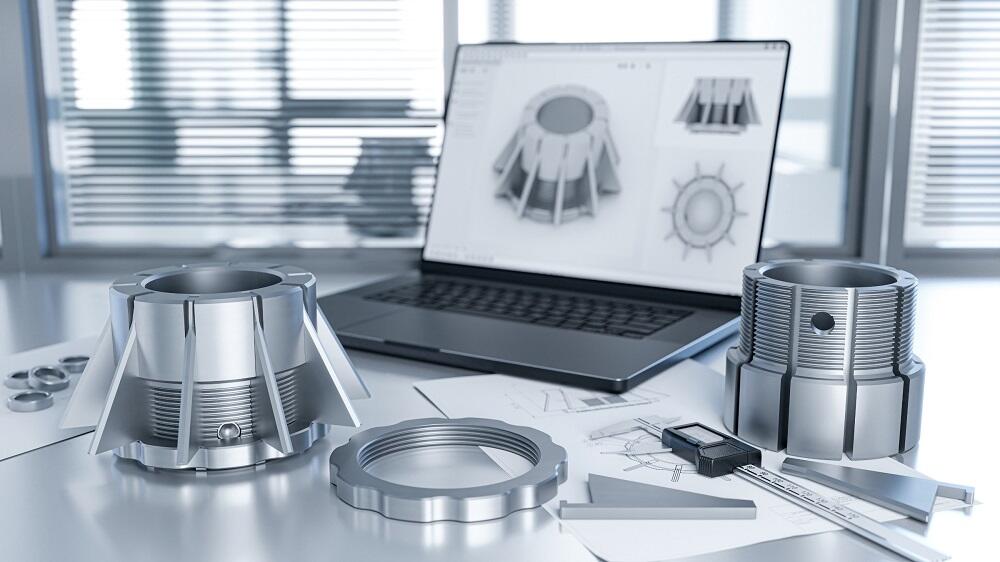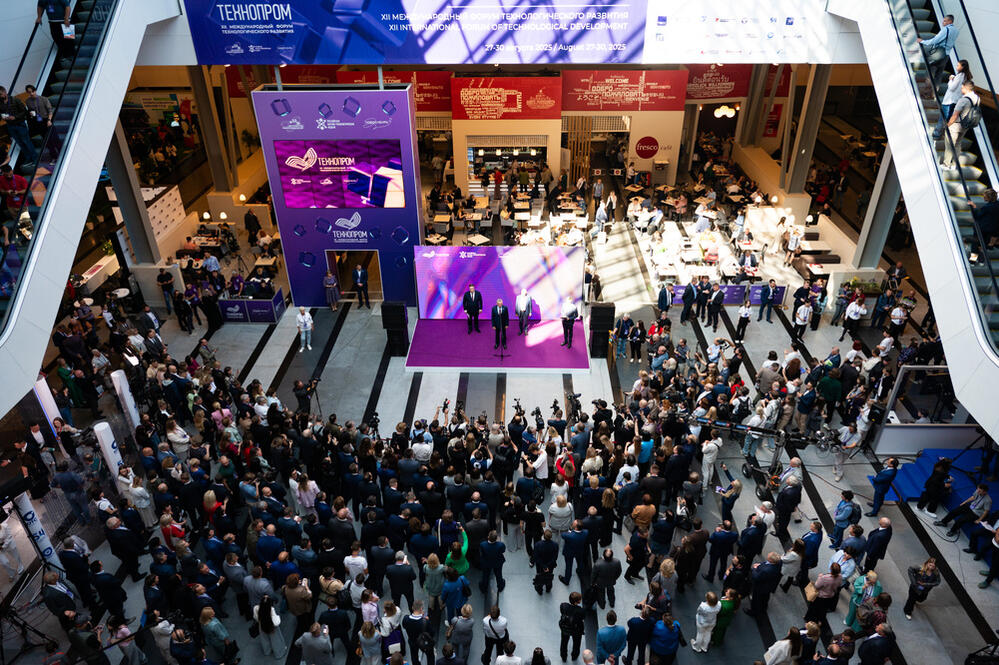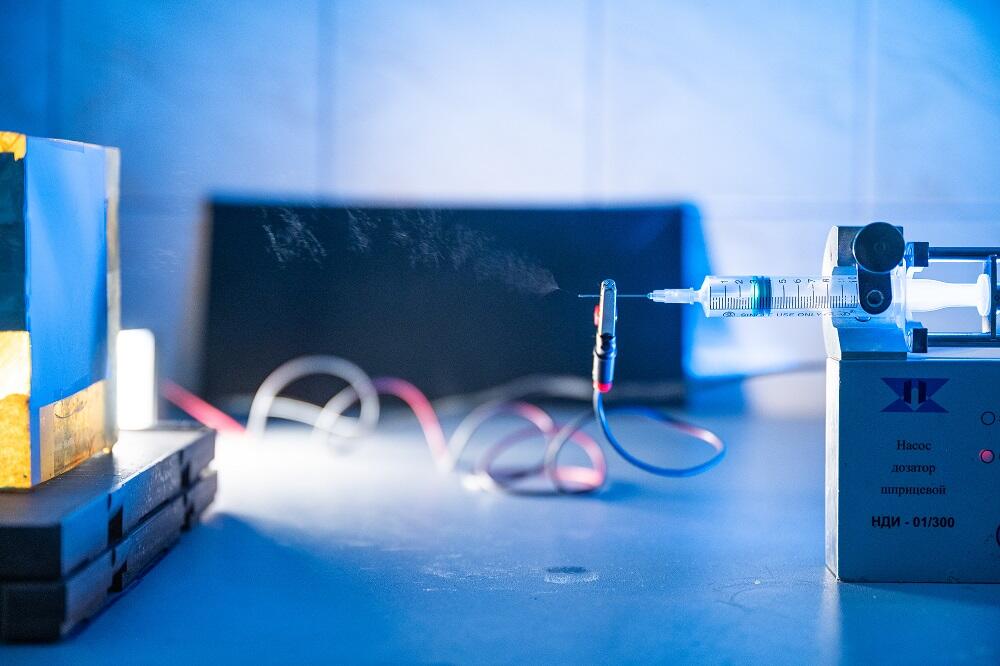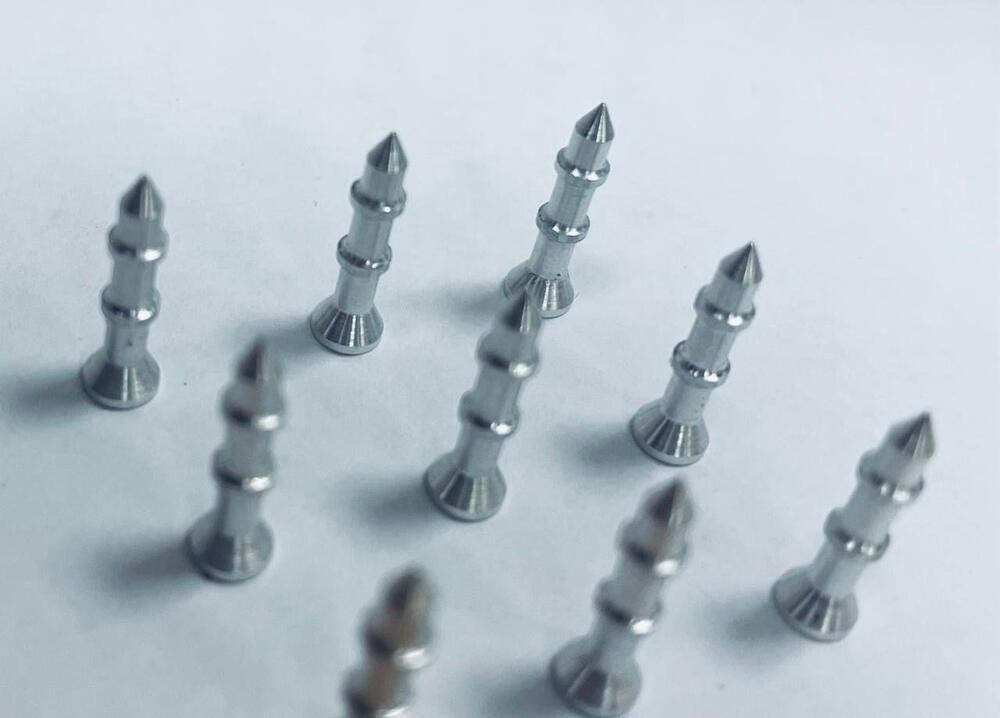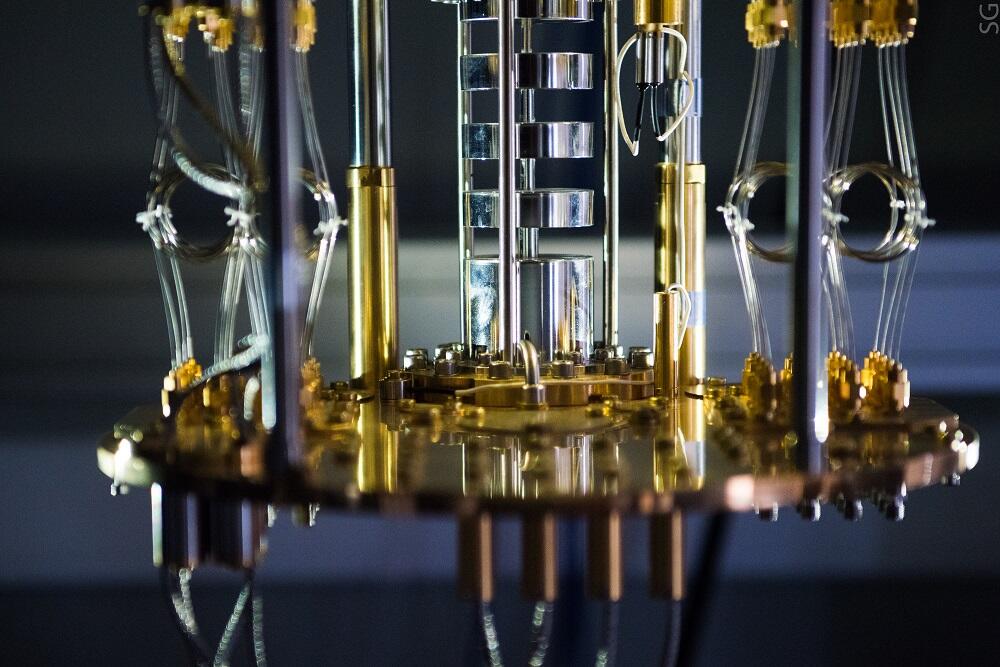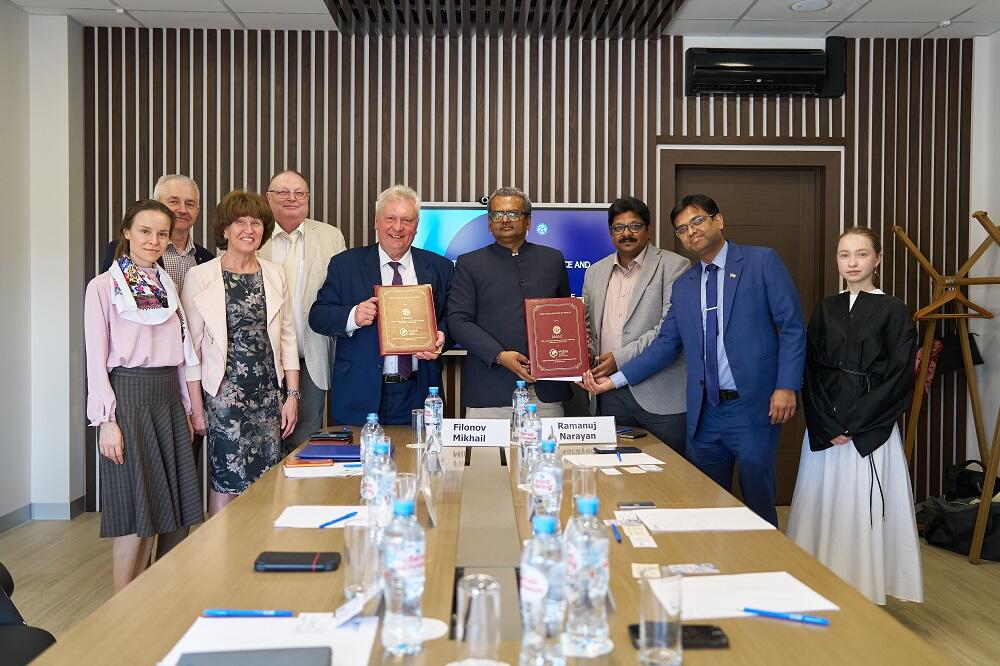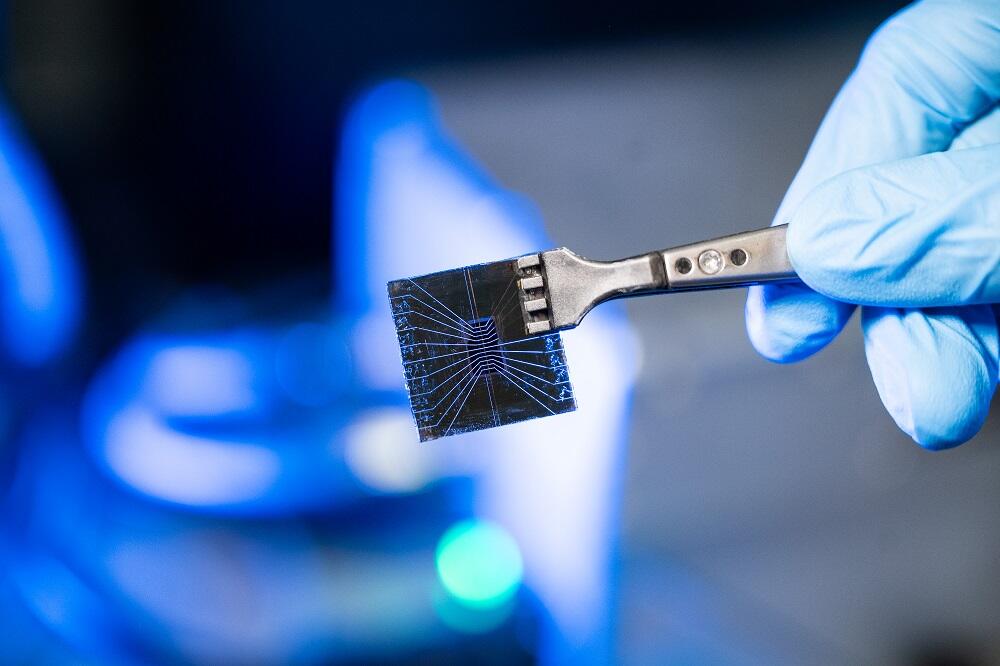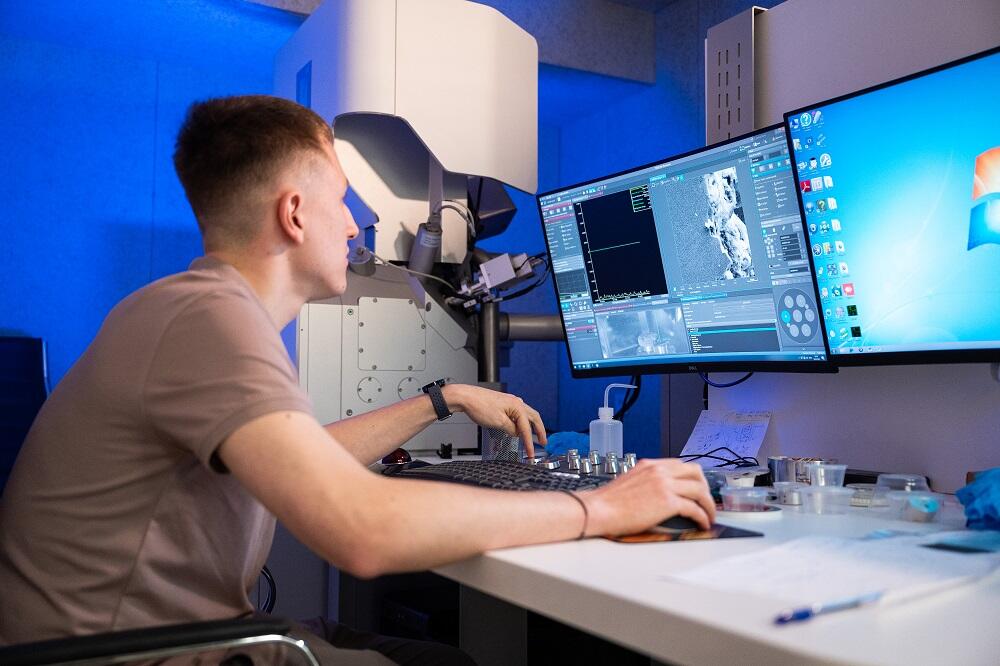New Ultra-Sensitive Detector to Scale Quantum Technologies
Russian scientists have introduced an ultra-sensitive detector capable of detecting individual photons with an efficiency of up to 98%. This development could serve as a foundation for the advancement of quantum computing, secure data transmission, and applications in astronomy and biomedical diagnostics.

